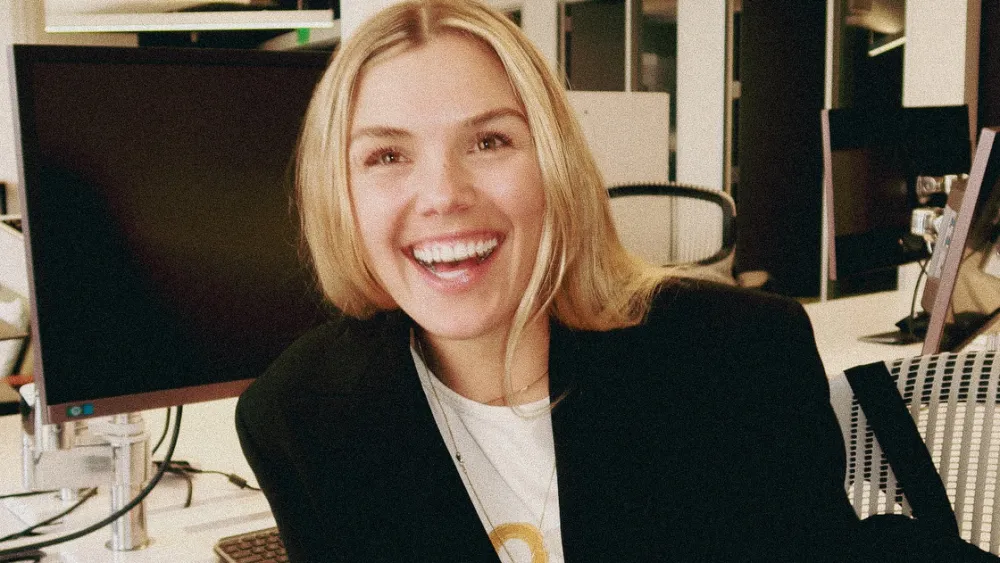
The next decade in commerce won’t be won by the brands with the biggest ad budgets, but by those with the deepest, most authentic relationships.
For too long, “community” has been treated as a marketing channel — a soft metric to track alongside social engagement or email open rates. That mindset is outdated and increasingly costly.
Community is no longer a channel. Community is the brand.
This isn’t a passing trend. It’s a fundamental shift — from the transactional, extractive model of Direct-to-Consumer (DTC) to the next era of Community-Integrated Commerce.
It’s about moving from broadcasting at your customers to building with them.
The traditional DTC playbook once promised a revolution: cut out the middleman and own the customer relationship.
But as the digital landscape matured, those “owned” relationships were quickly mediated by gatekeepers — Facebook, Instagram, and Google.
The result? A skyrocketing customer acquisition cost (CAC) that left brands spending upwards of 40% of revenue on paid ads just to stay visible. These customers were expensive, unloyal, and short-lived.
The outcome was predictable: shallow relationships and unsustainable growth.
The brands that endure will be the ones that flip the script — from “customer acquisition” to “community activation.”
Few leaders embody this shift more than Ty Haney, founder and CEO of TYB (Try Your Best).
Her journey illustrates why community isn’t just good marketing — it’s a sustainable growth engine.
When Haney launched Outdoor Voices (OV), she wasn’t just selling apparel; she was building a movement around “Doing Things.”
The early community grew organically — through local hikes, yoga events, and authentic storytelling. The now-iconic cobalt blue “Doing Things” hat wasn’t just bought; it was earned by participating in that community.
Each item became a symbol of belonging, not just a purchase.
This “movement-first” approach created a self-propelling marketing engine. Customers became evangelists — walking, talking, and doing brand storytelling money couldn’t buy.
As OV scaled, Haney faced the classic challenge: proving the ROI of community. Without tools to measure community’s impact, boards often saw it as a “soft” investment.
That experience led to the founding of TYB, a platform built to turn the qualitative power of community into quantifiable business growth.
TYB formalizes and rewards the contributions of a brand’s most passionate fans through a “play-to-earn” framework that integrates co-creation, feedback, and rewards.
Here’s how it works:
Community becomes not just emotional capital, but economic capital.
The lesson from Ty Haney’s playbook is clear:
Ownership of your customer relationships is your competitive moat.
In a world of walled gardens and rising CAC, the only path to lasting brand equity is direct fan engagement — not rented attention from paid platforms.
The future belongs to brands that:
The most valuable growth channel isn’t paid. It’s people.
By shifting from short-term transactions to long-term relationships, brands can lower CAC, increase LTV, and unlock a sustainable growth loop powered by their most passionate fans.
At TYB, we’re seeing this transformation every day across hundreds of Gen Z–loved brands. The ones that integrate community into their core aren’t just surviving — they’re scaling faster, more profitably, and with loyalty money can’t buy.
Stop renting customers from platforms. Start building your brand — together.